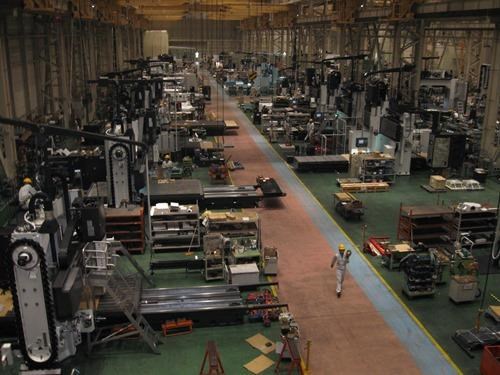Why a Dual-Column Machining Center?
According to this machine tool supplier, a dual-column or bridge-type machining center is 10 times more thermally stable than a comparable “C” style machine.
Share






Dual-column machining centers being produced at Okuma’s production facility in Kani, Japan.
According to machine tool distributor Gosiger, a dual-column or bridge-type machining center is 10 times more thermally stable than a comparable “C” style machine. Because of the dual-column design, says the company, heat affects the bridge structure linearly. The machine expands only in a straight line, allowing dimensional changes to be compensated electronically.
The dual-column design also places the spindle nearer to the center of mass of the machine, increasing rigidity. Read more in Gosiger’s article about dual-column machines.
Related Content
-
How to Successfully Adopt Five-Axis Machining
While there are many changes to adopt when moving to five-axis, they all compliment the overall goal of better parts through less operations.
-
Ballbar Testing Benefits Low-Volume Manufacturing
Thanks to ballbar testing with a Renishaw QC20-W, the Autodesk Technology Centers now have more confidence in their machine tools.
-
Inside the Premium Machine Shop Making Fasteners
AMPG can’t help but take risks — its management doesn’t know how to run machines. But these risks have enabled it to become a runaway success in its market.



















.jpg;maxWidth=300;quality=90)

.jpg;maxWidth=970;quality=90)